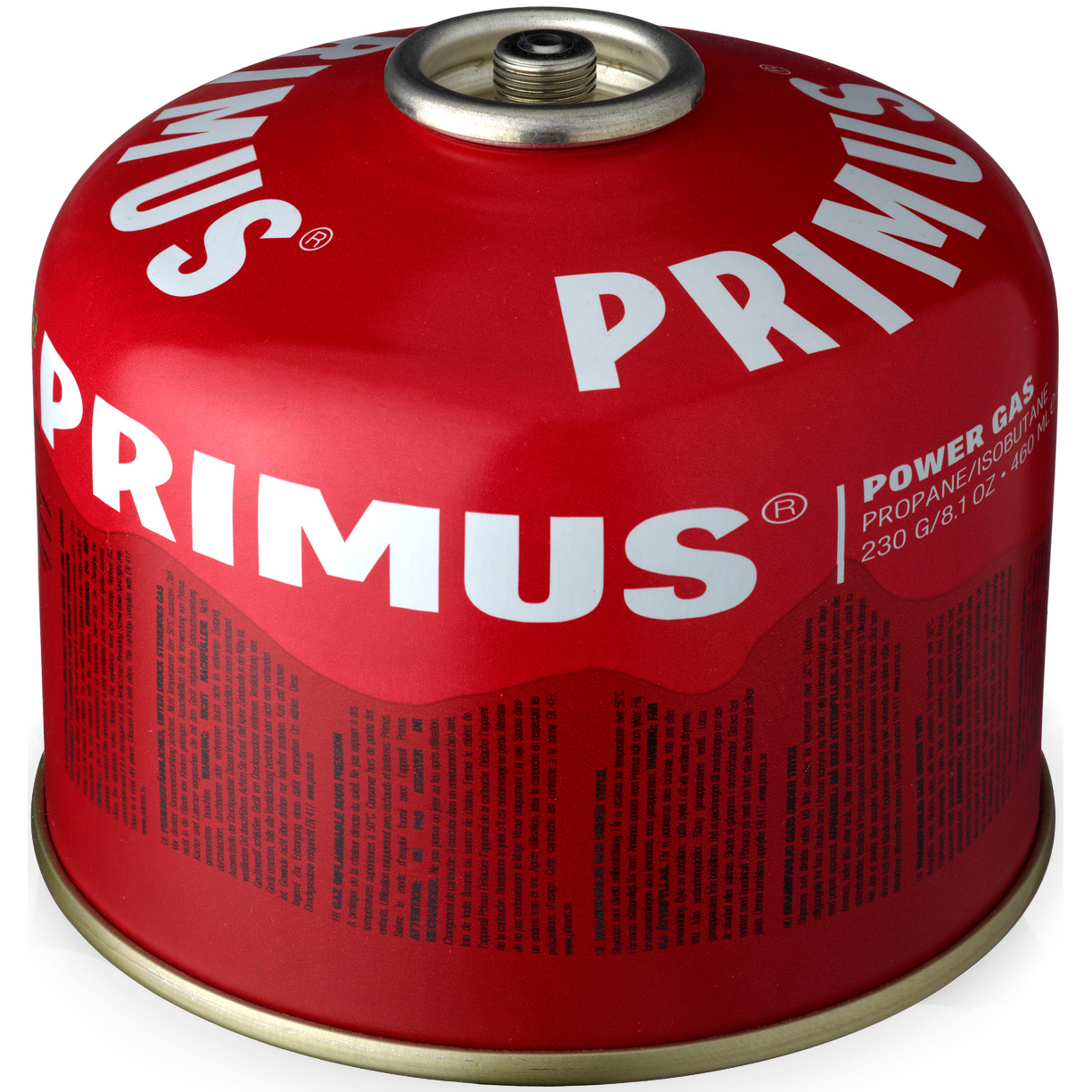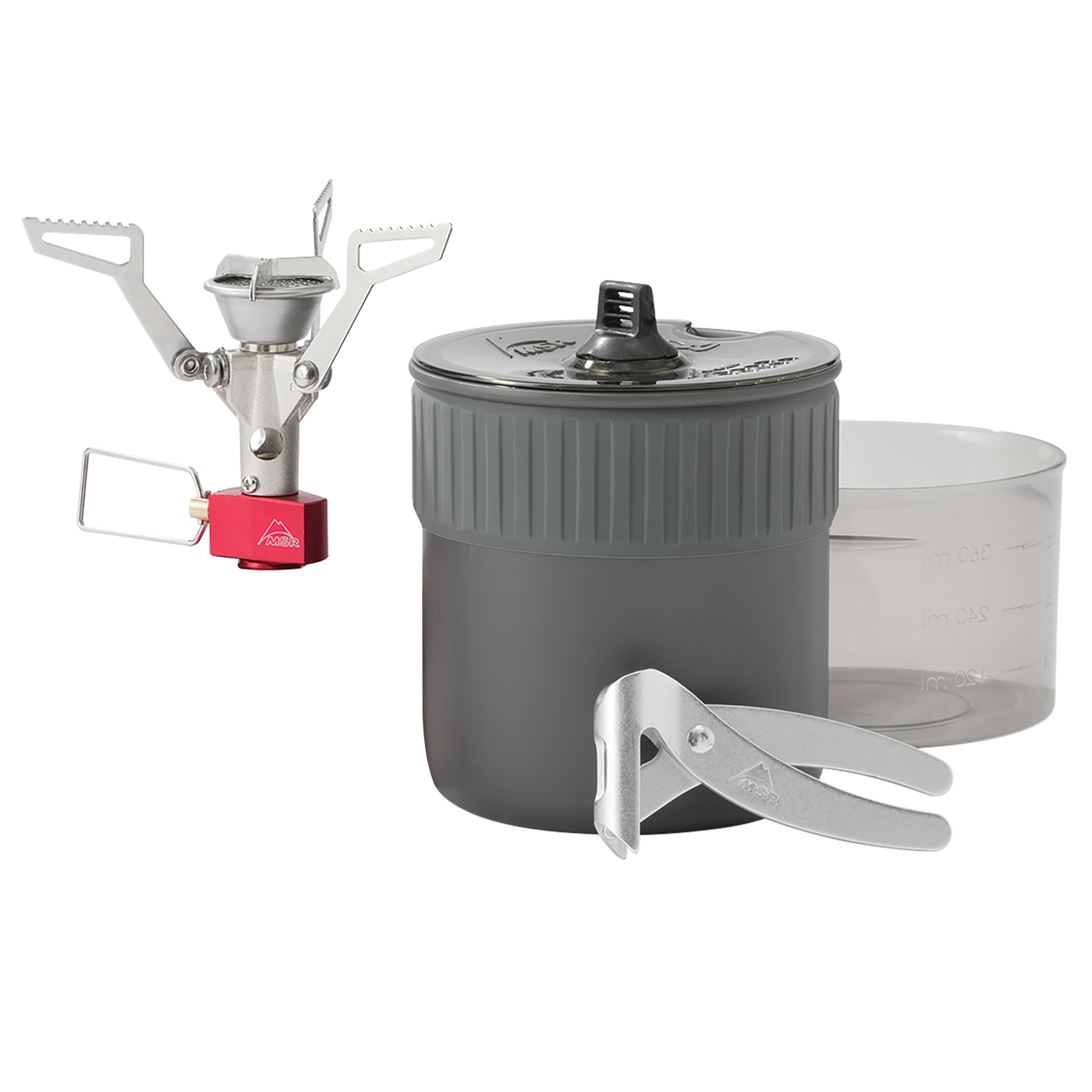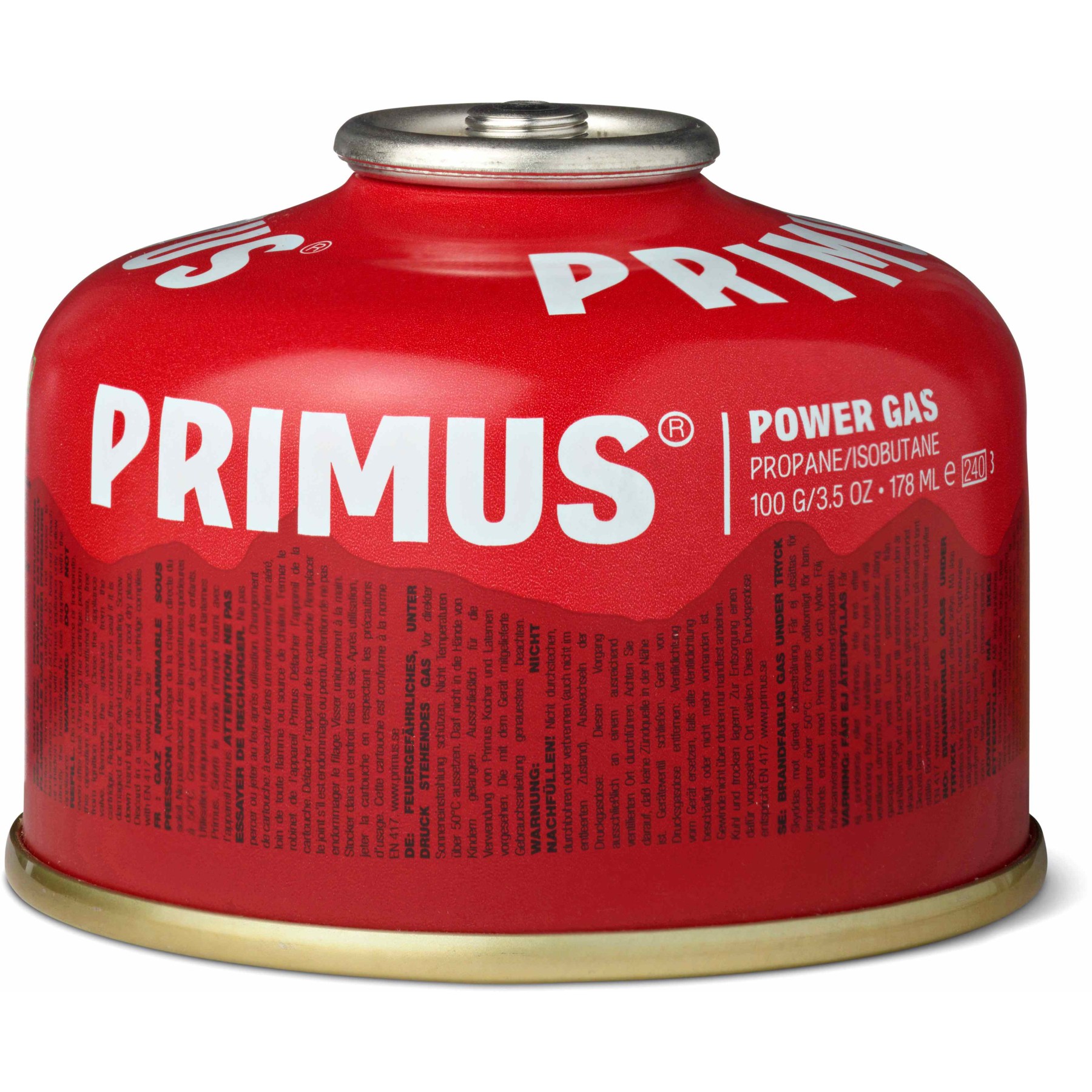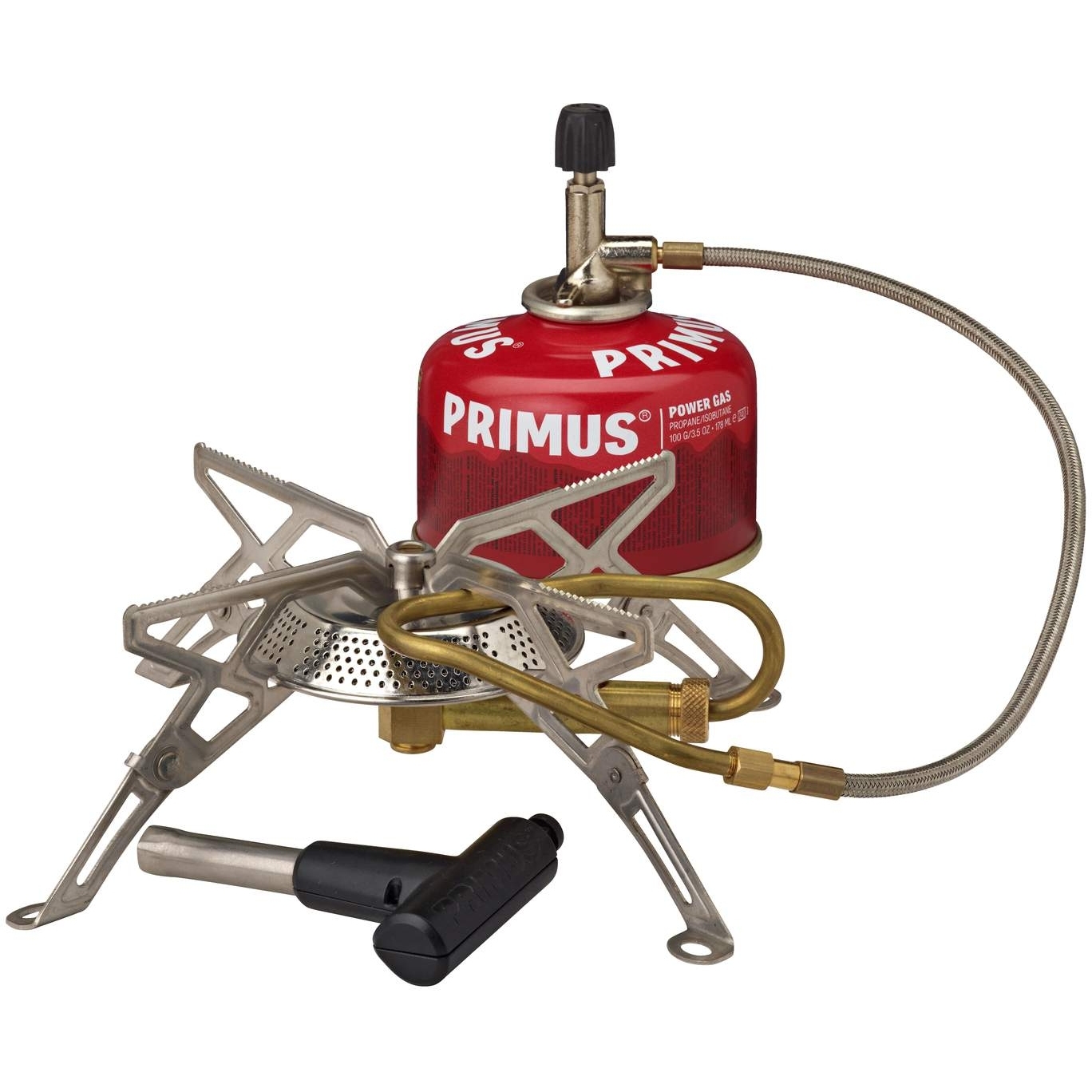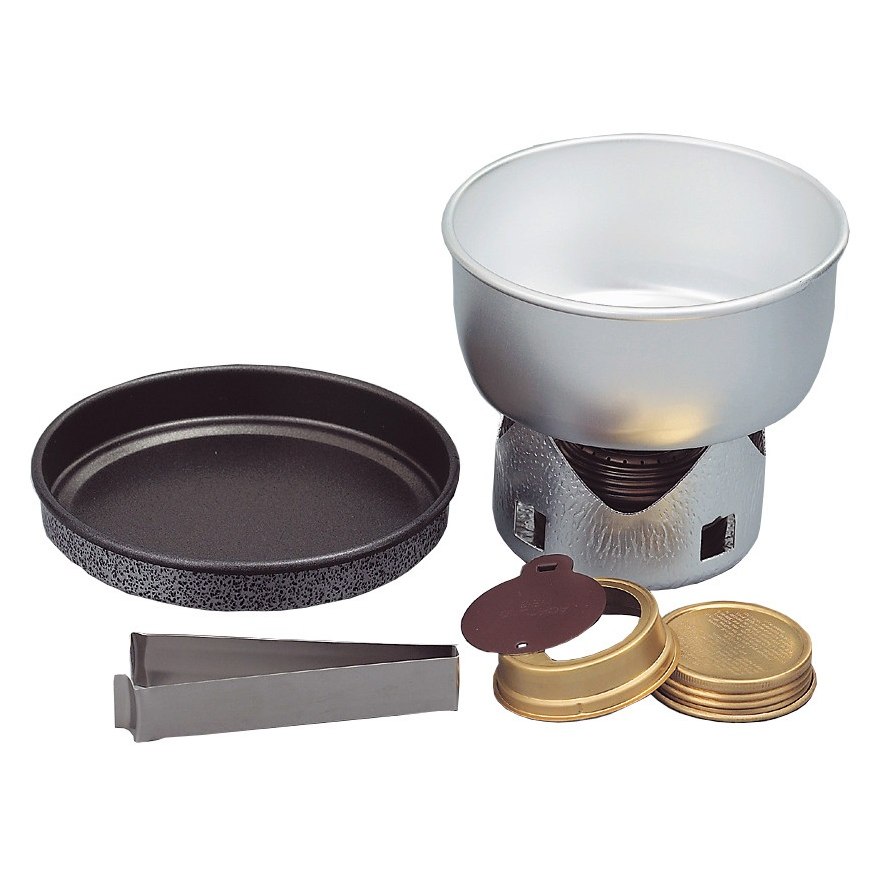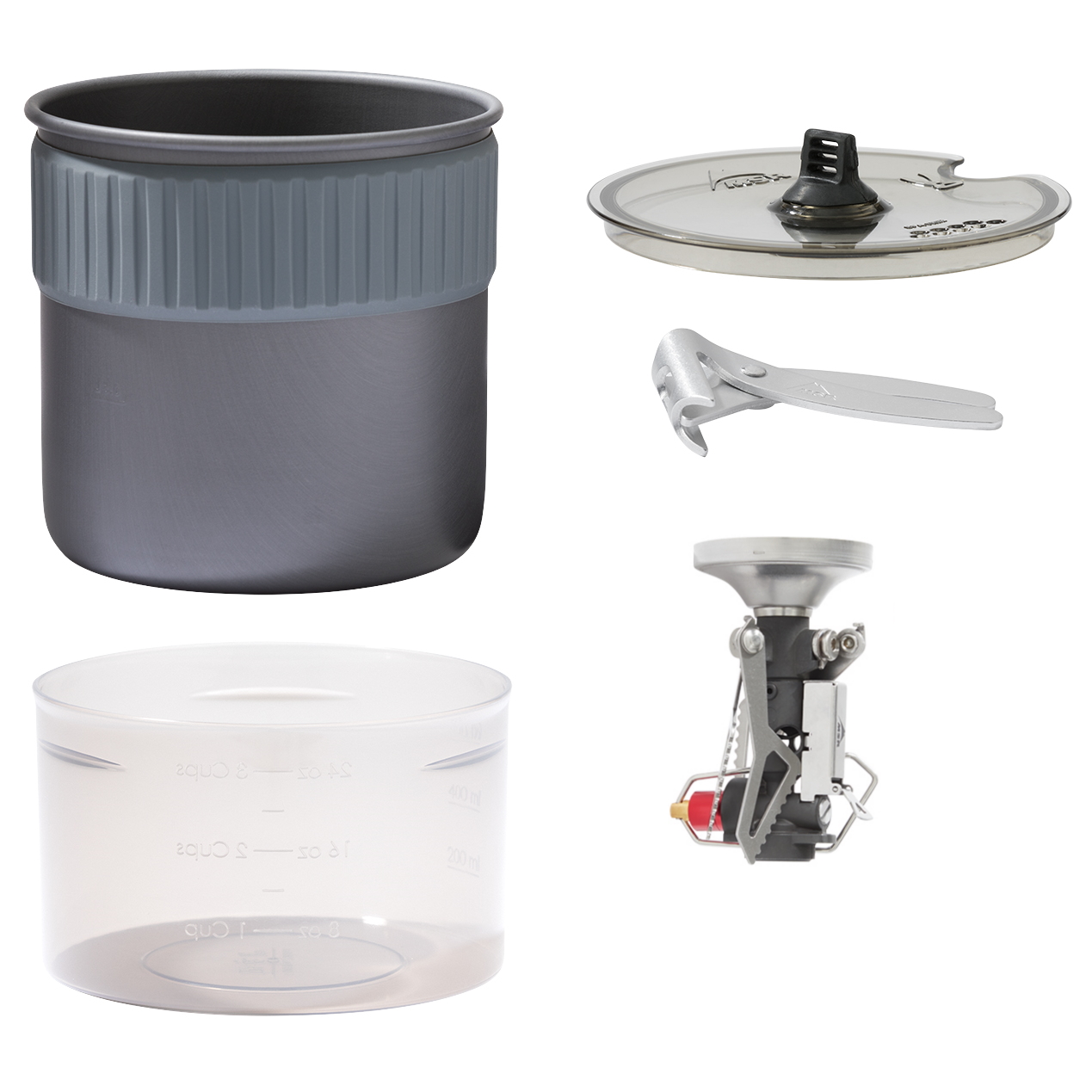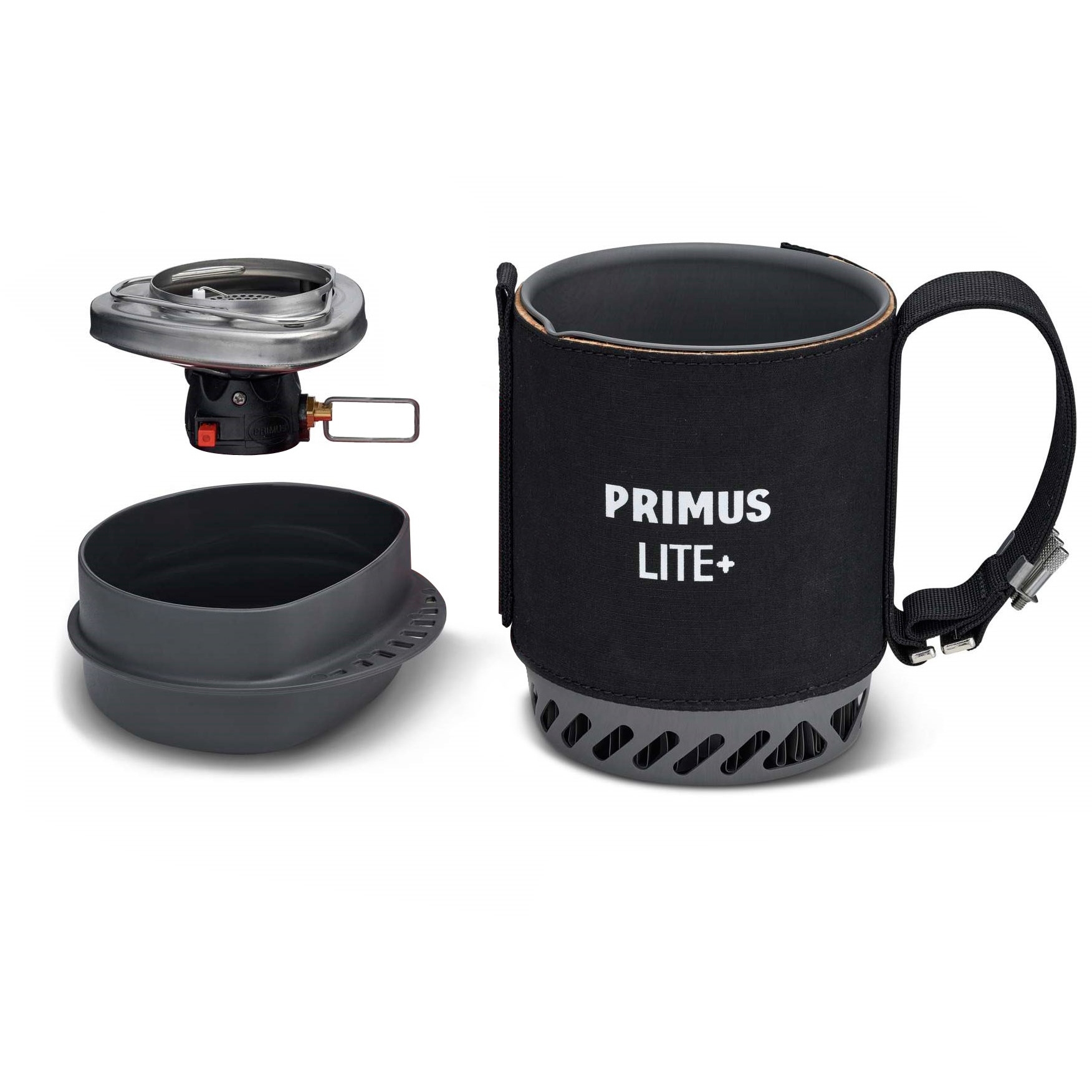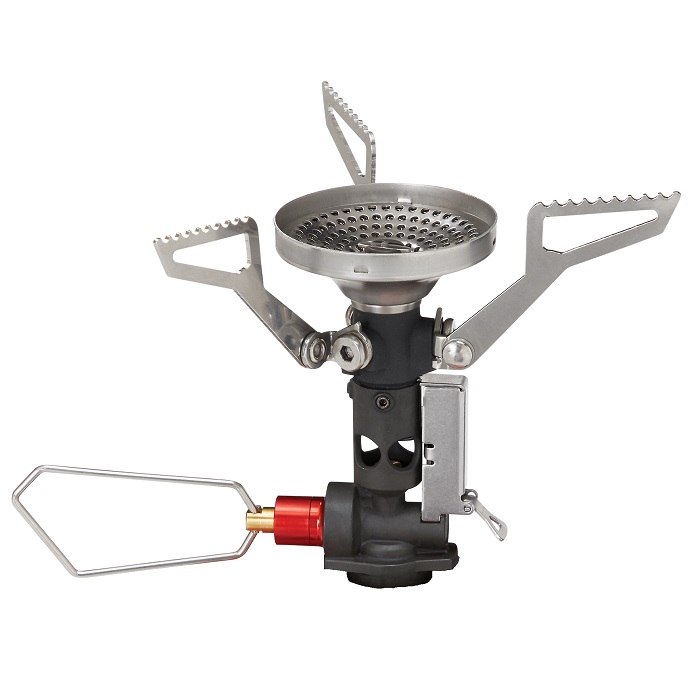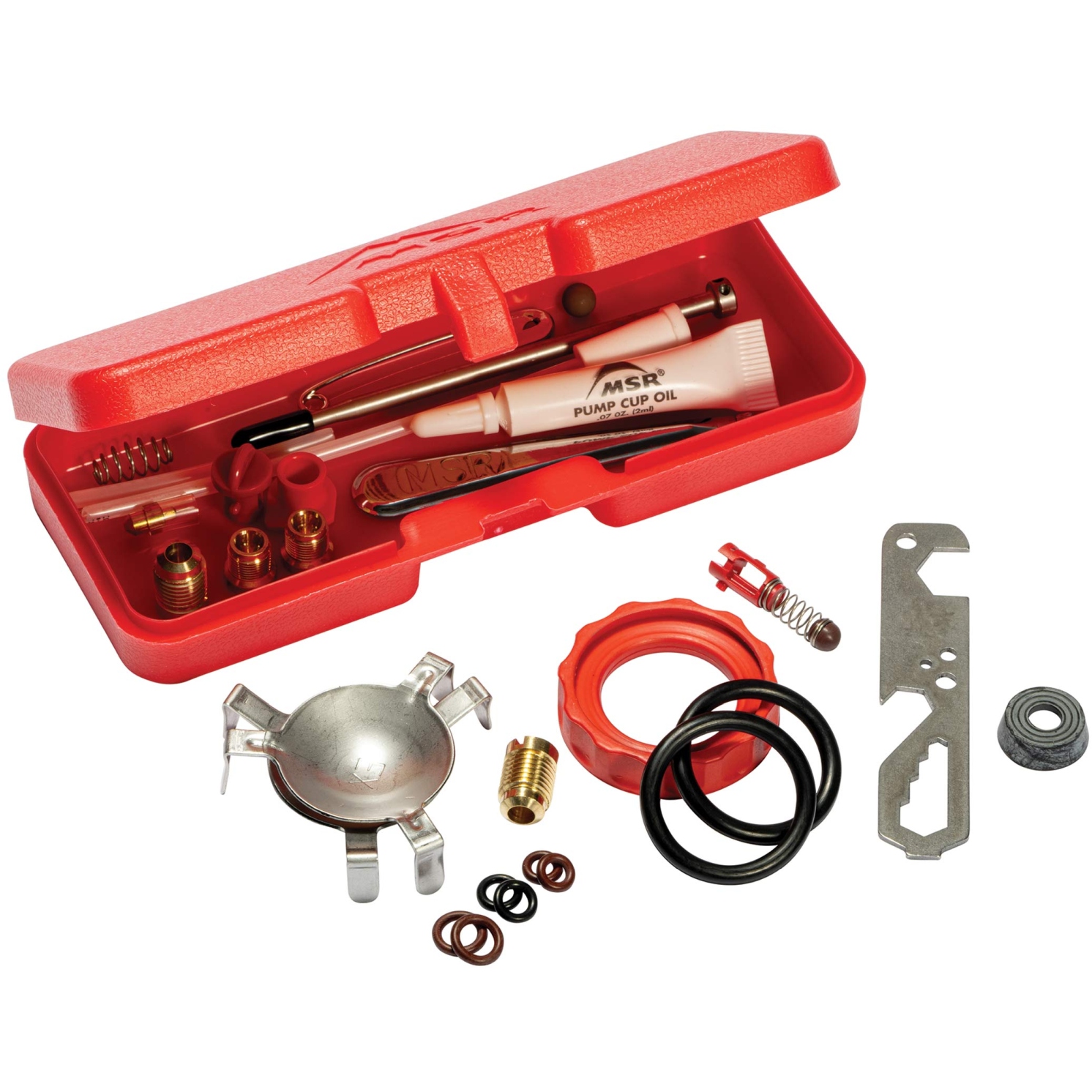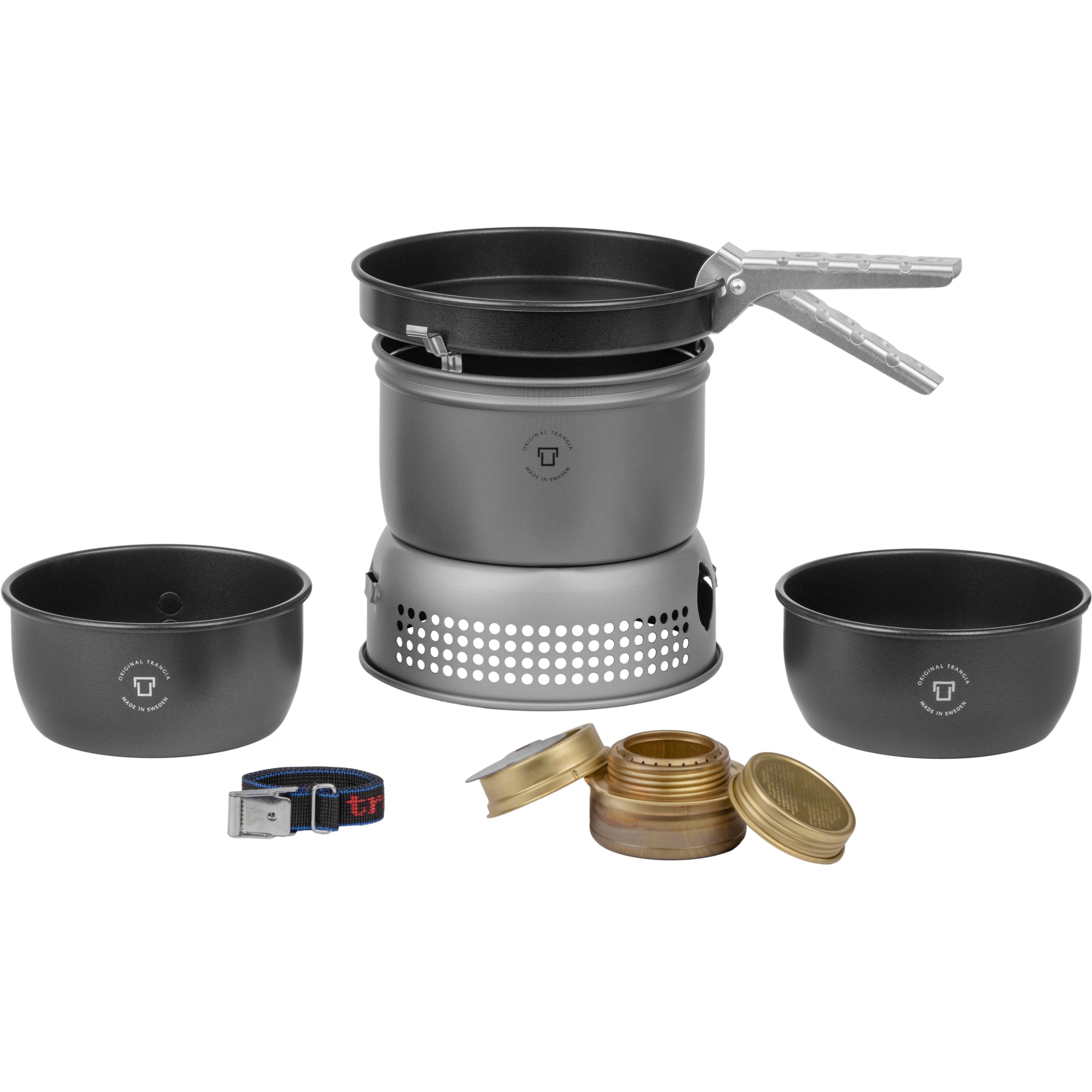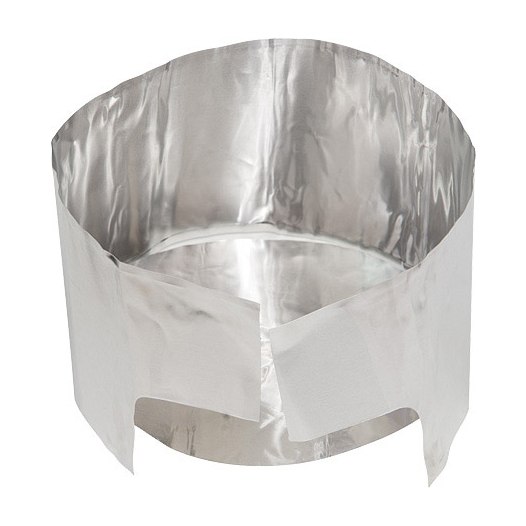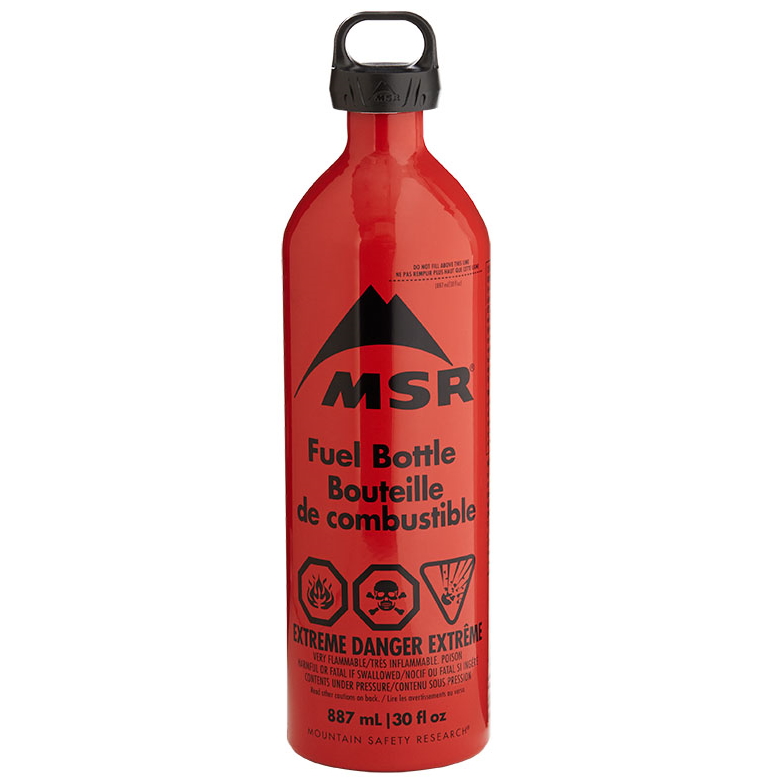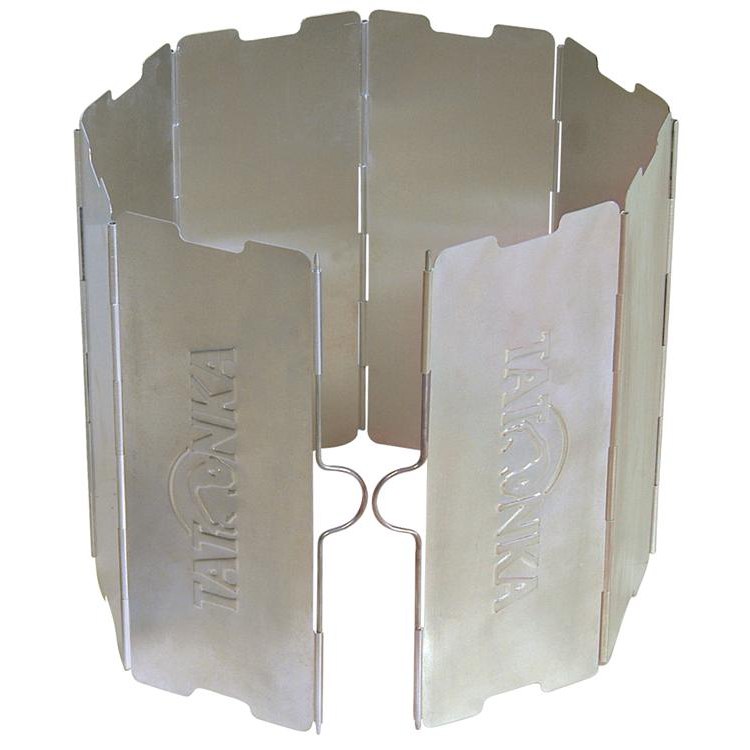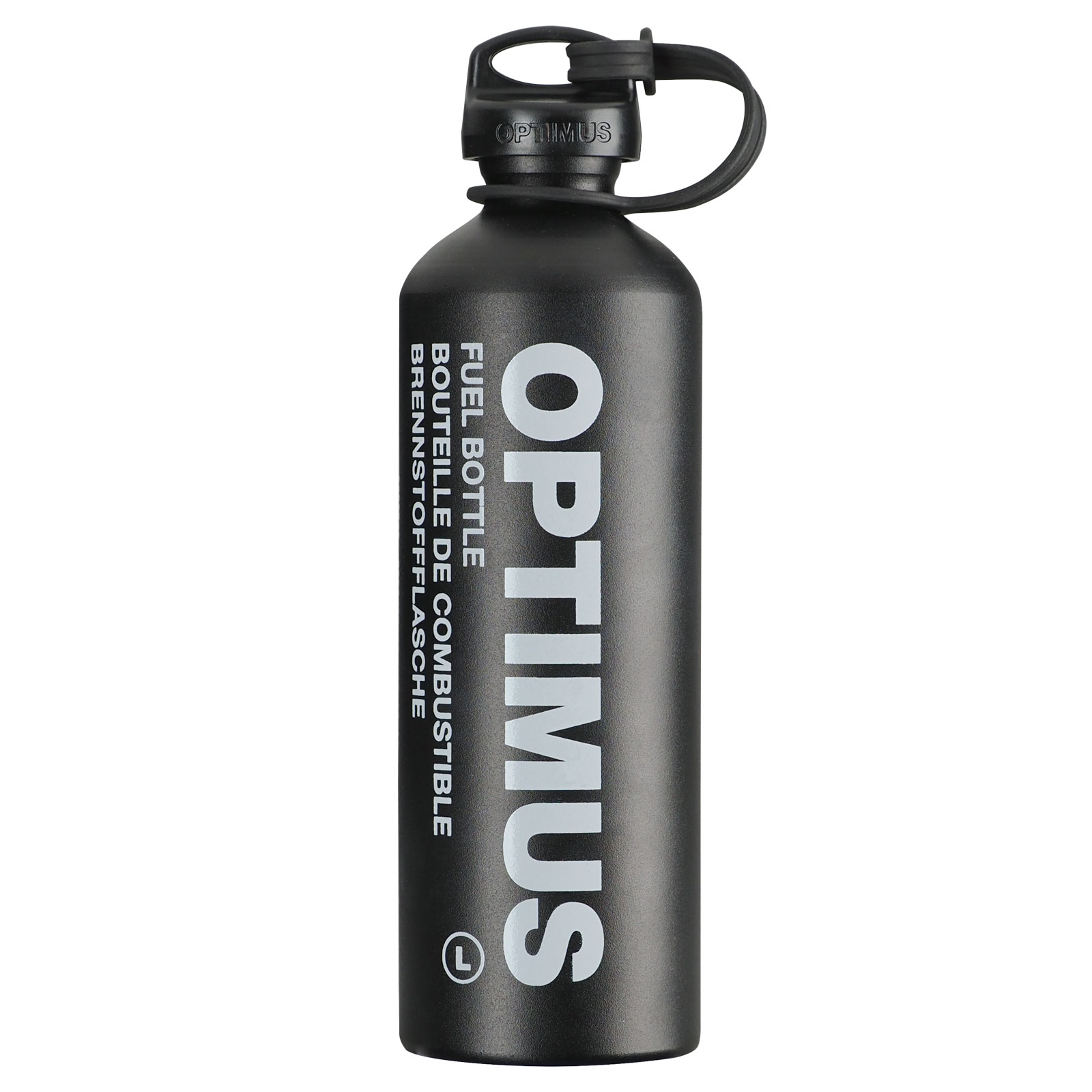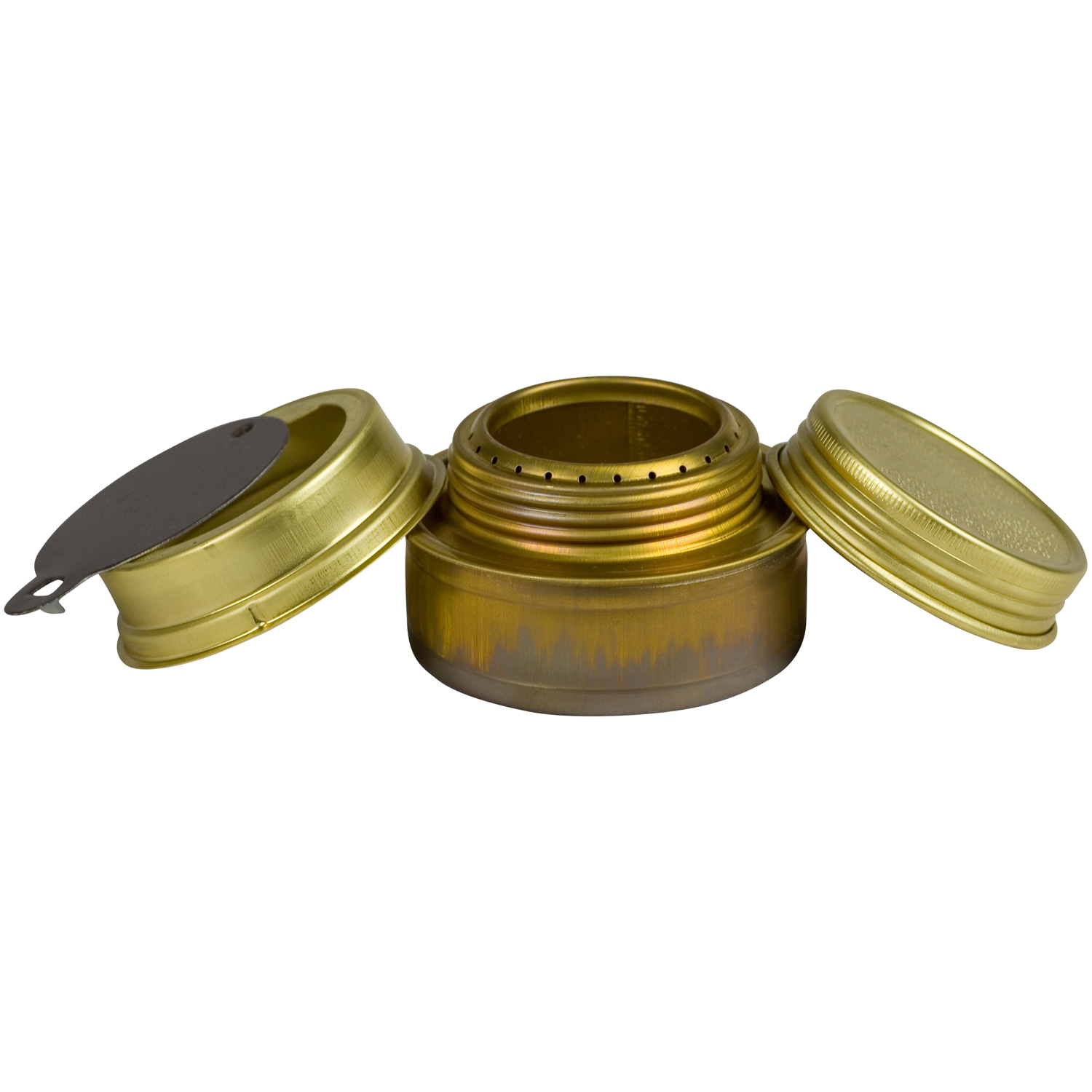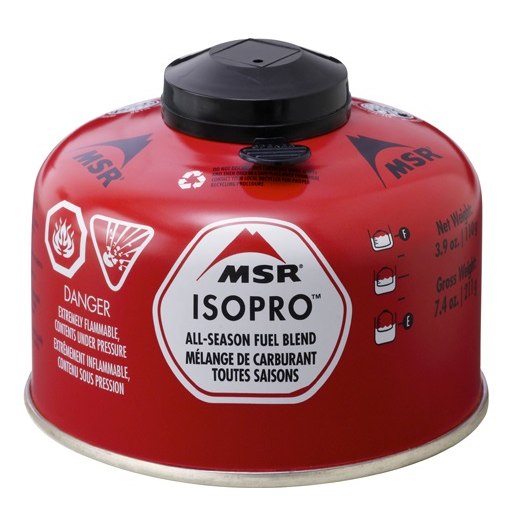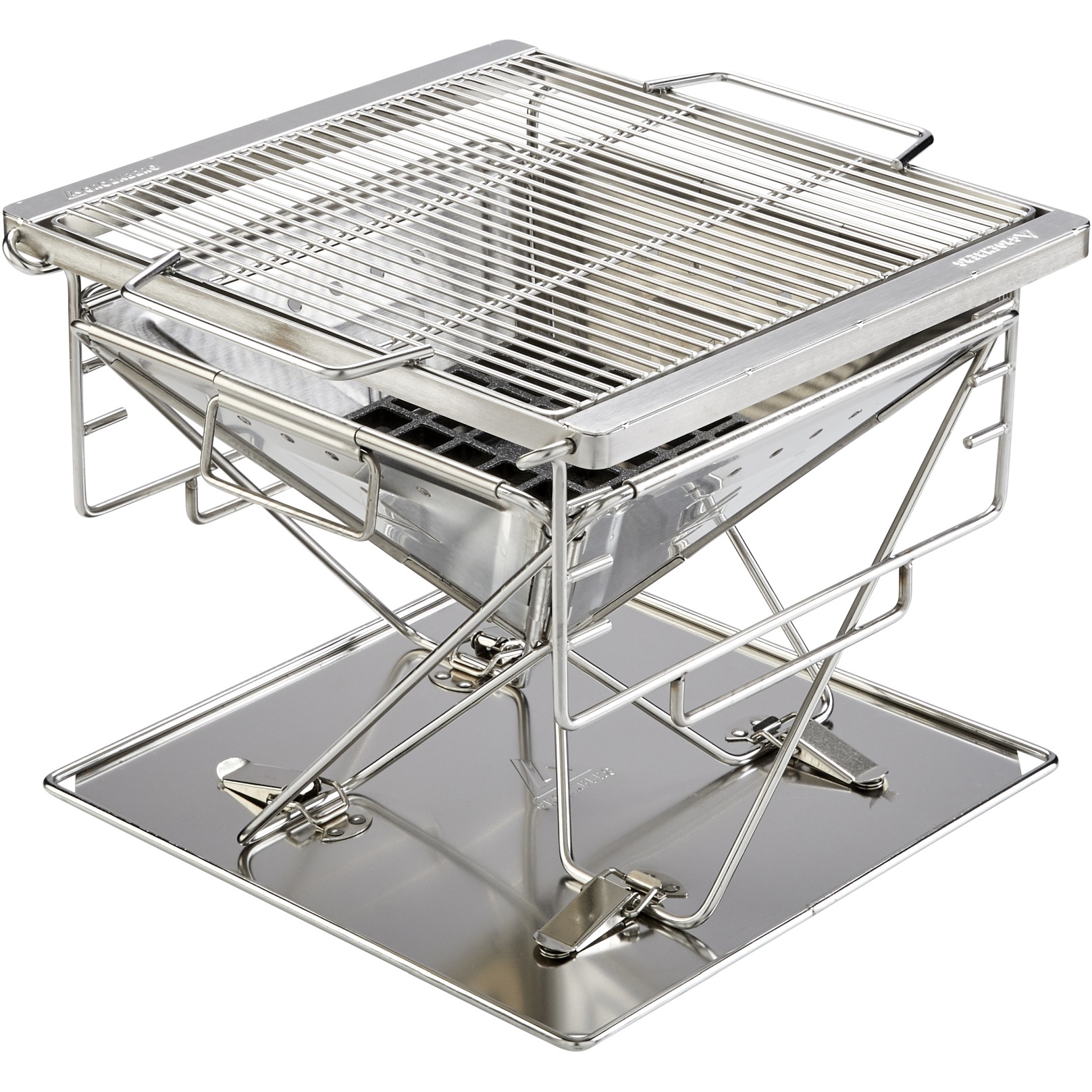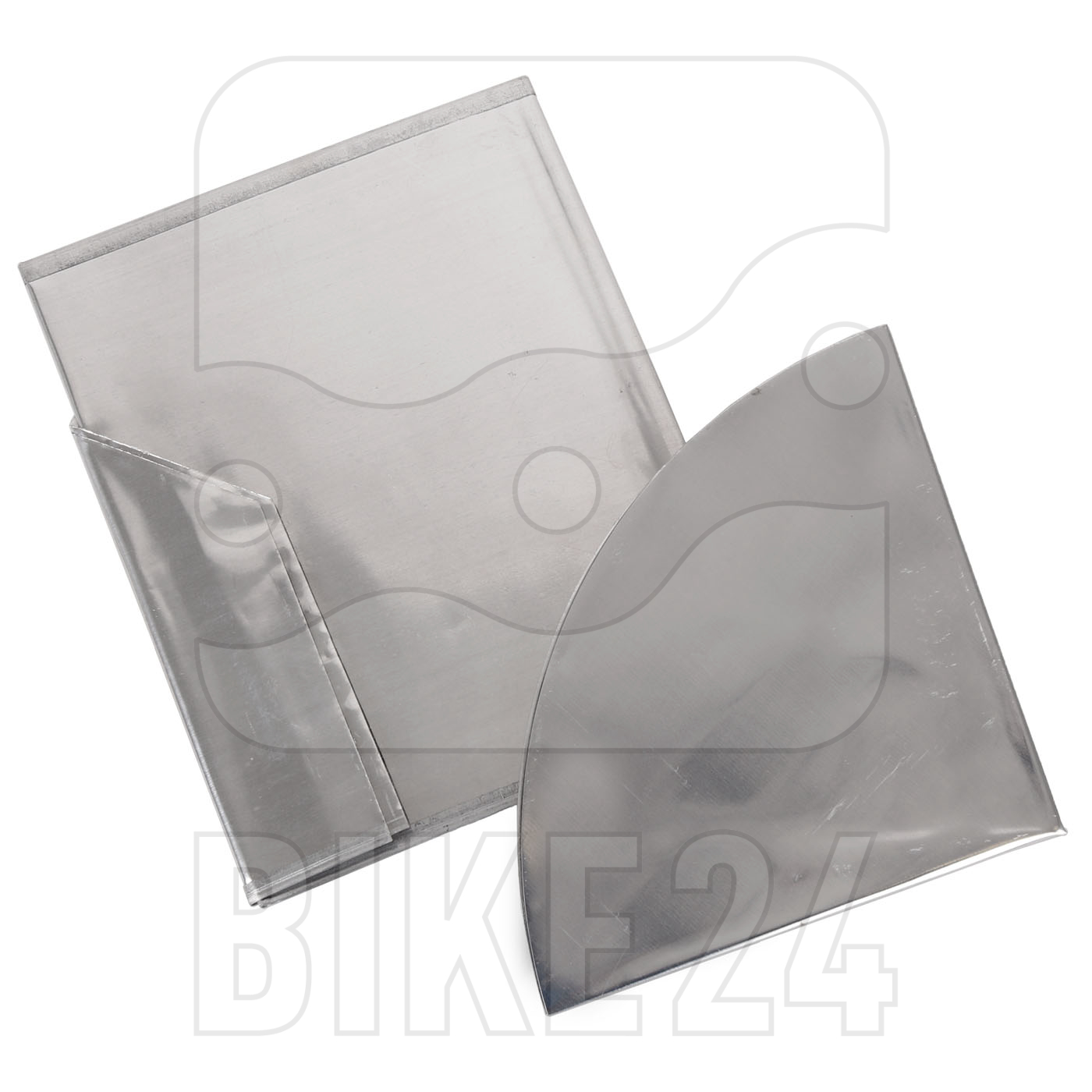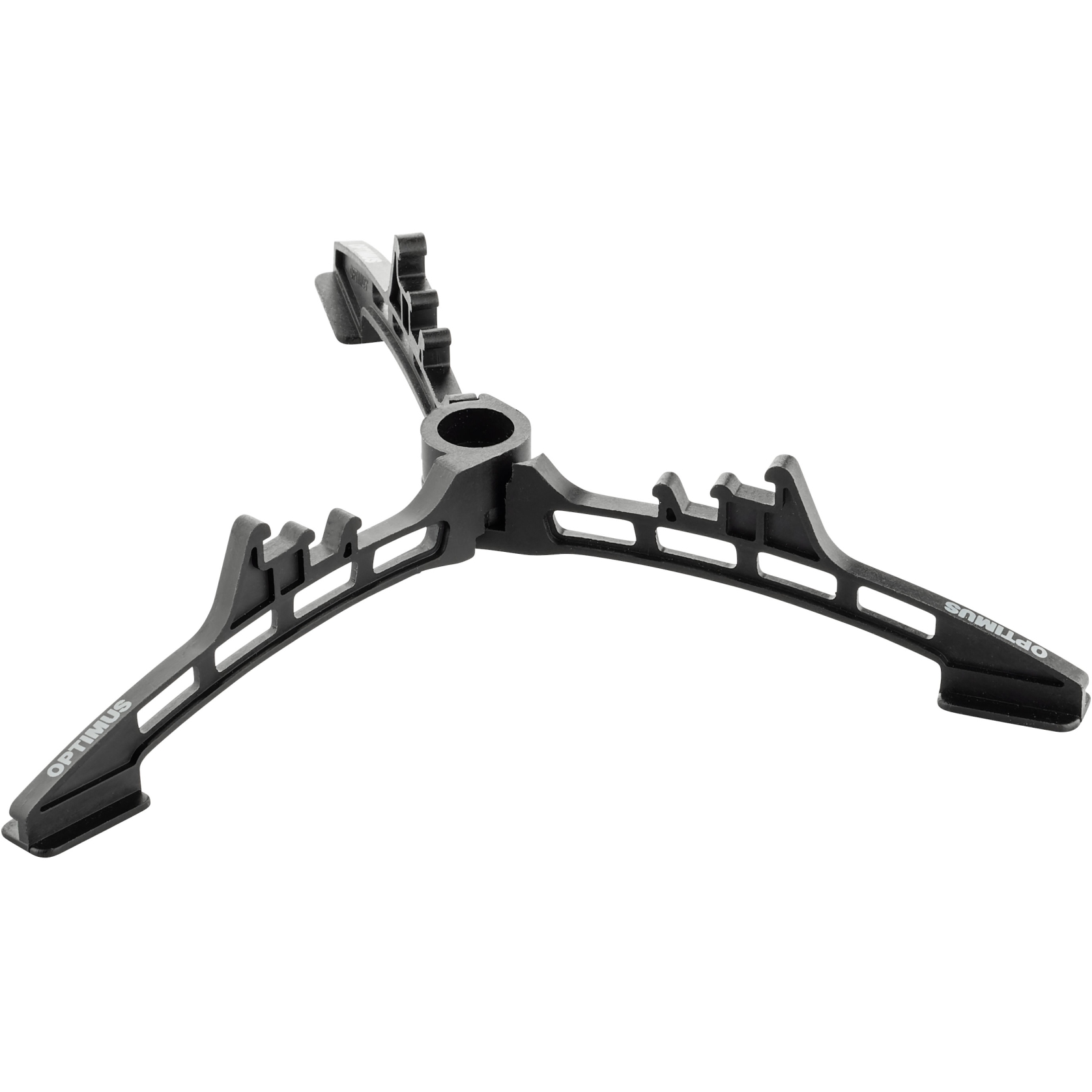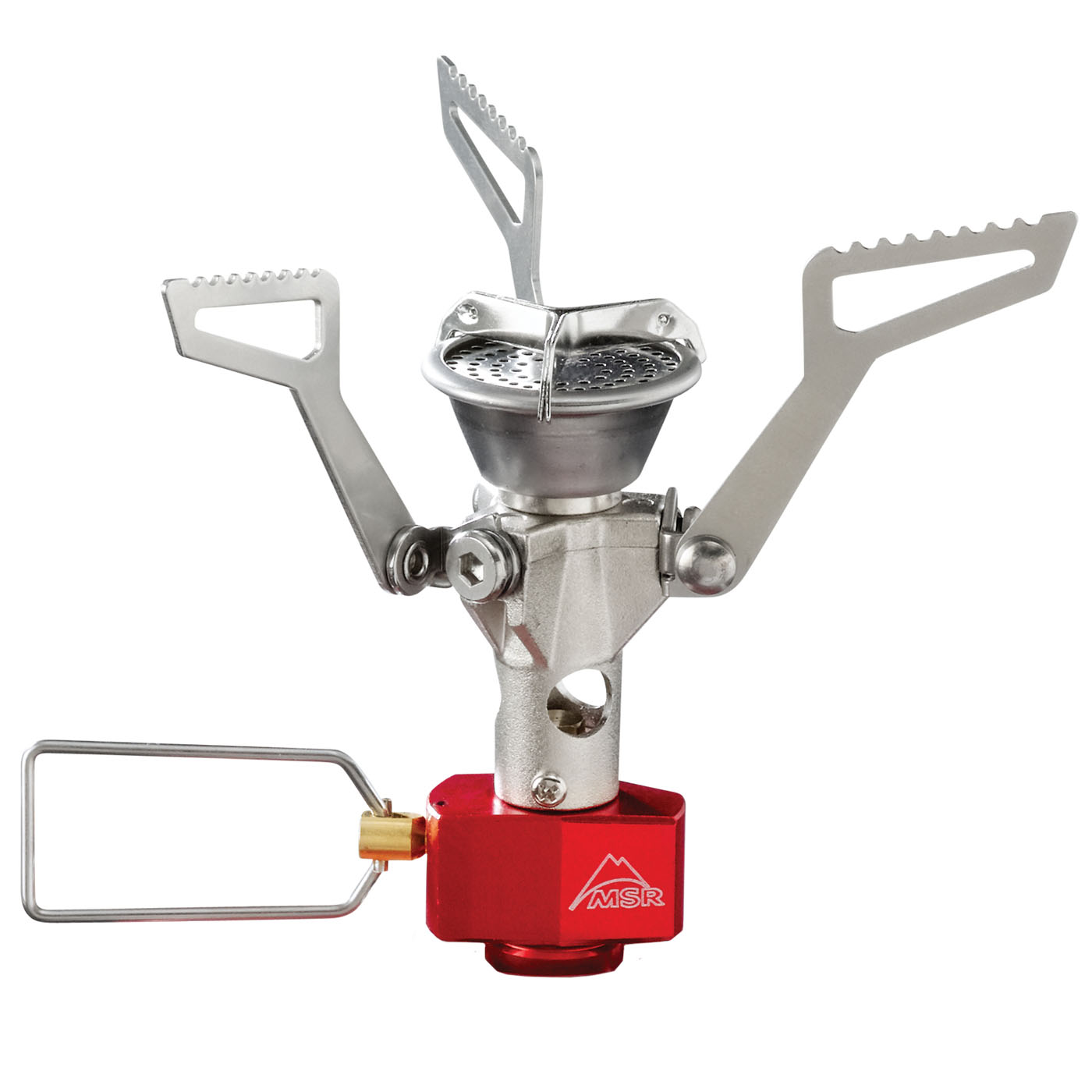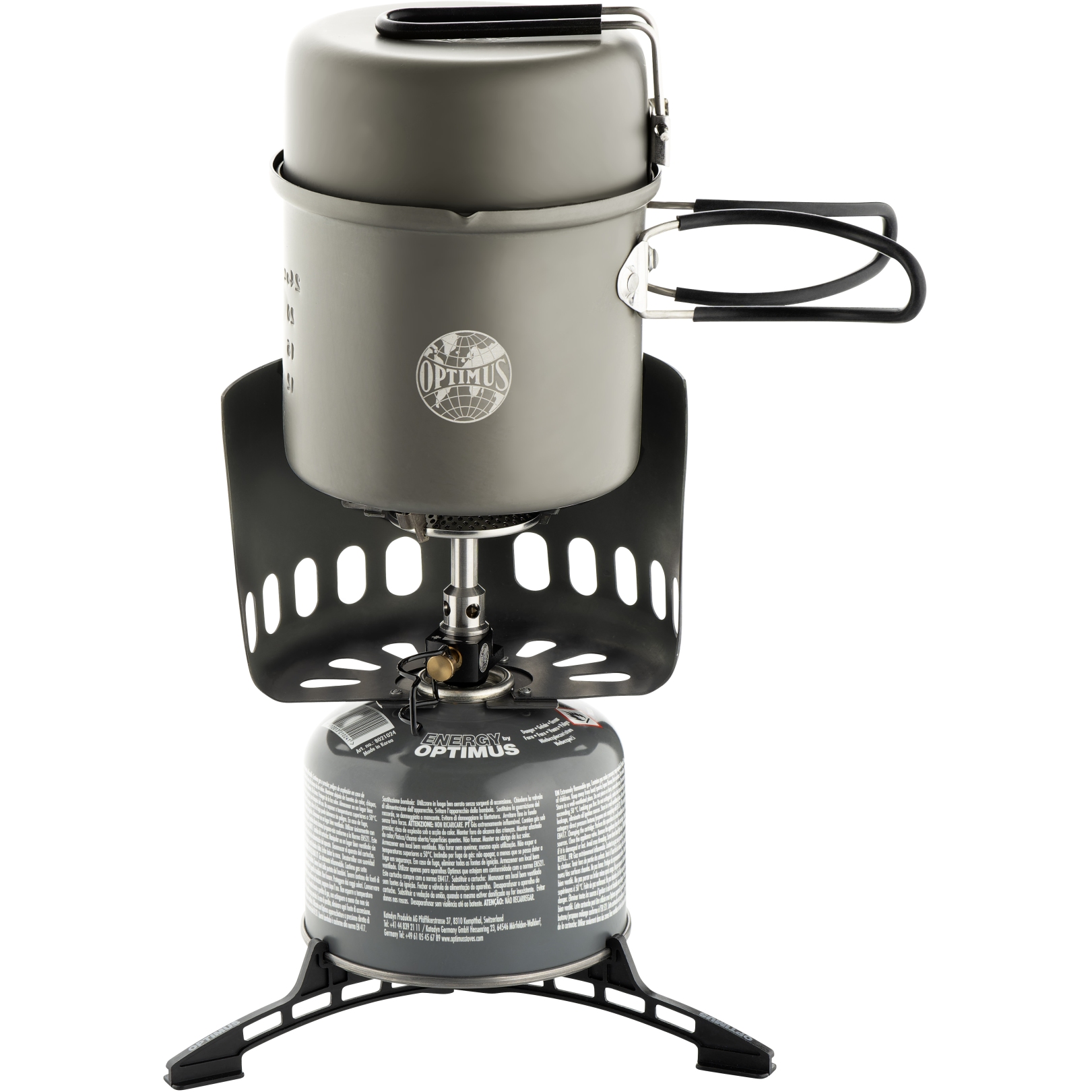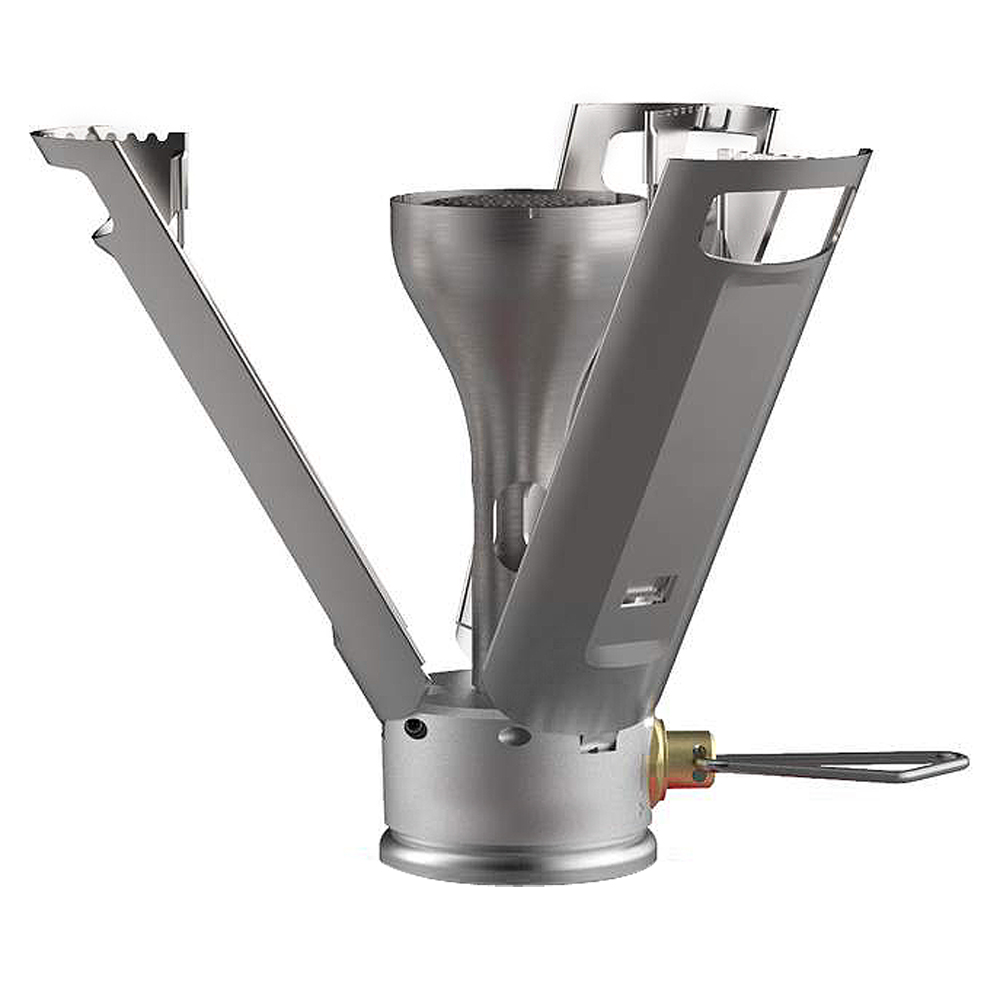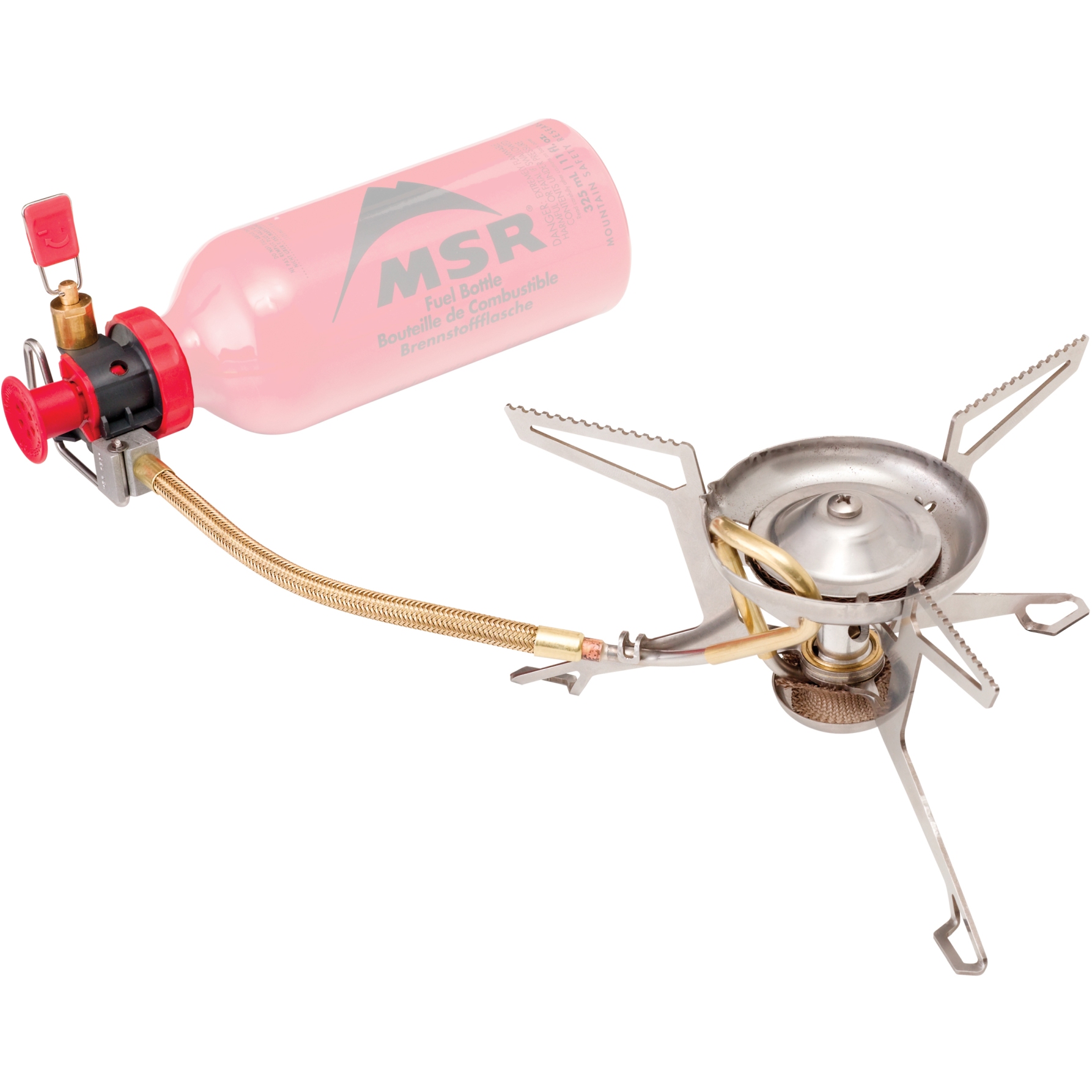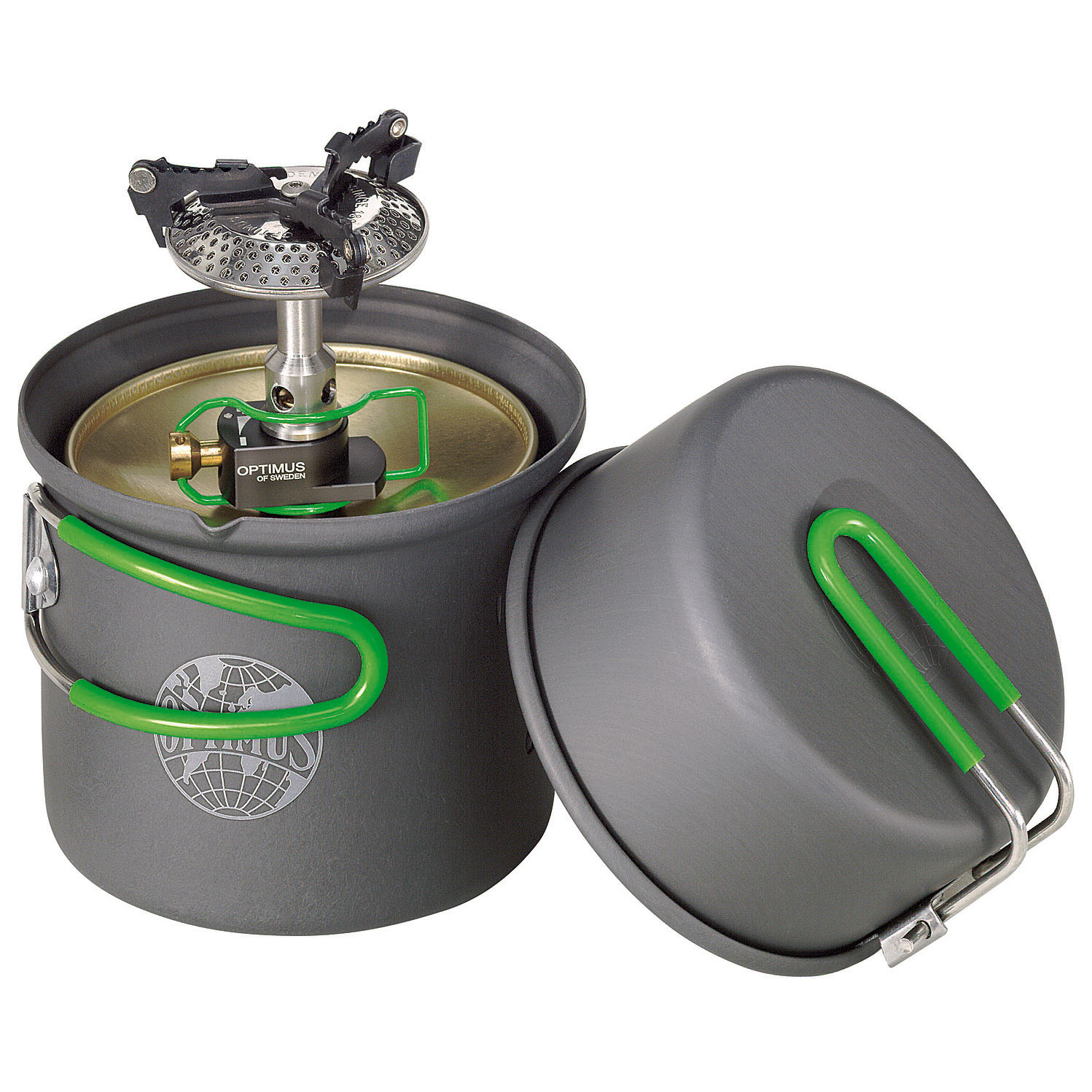Portable Camping Stoves: Luxury for on the Road
Whether camping, biking or hiking: you can always create a delicious meal. Or make yourself a warm coffee or tea in the morning, directly from your sleeping bag. This is exactly what the light, powerful and robust gas stoves, alcohol burners and multi-fuel cookers are made for. However, there are some differences, which are more or less important depending on the area and purpose of use. In the following we explain what you should pay attention to in order to have not only the right camping stove, but also the right gas cartridge and the right fuel with you. Read more
Gas Cooker: Ideal for Camping, Outdoor and Sports Adventures
Gas stoves are among the most popular stoves because they are small, light and easy to use. They are connected to a gas cartridge filled with liquid gas, whereupon the gas is ignited and you can comfortably heat your meal or drink above the flame.
- Gas cartridge cookers have many advantages:
- easy handling, good controllability and fast operational readiness
- low noise or odour development, as well as little residue and therefore low maintenance
- small packable and easy to ignite (with match/lighter or own piezo igniter)
- good ratio between calorific value and weight
- suitable gas cartridges are now available in many countries in supermarkets, shops or DIY stores
- Gas burns even at low oxygen concentration, i.e. also at high altitudes
Noteworthy disadvantages of gas cookers:
- at low temperatures the performance decreases
- you won‘t find the right gas cartridge for every cooker in every area
Therefore, it is even more important to know which type of gas cartridge with which connector or valve you need, which will be explained in more detail later in the text. Some of the best known suppliers of gas cookers include MSR, Optimus, Primus, LACD, Edelrid and Robens.
Spirit Stoves and Storm Cookers for Worldwide Use
Spirit stoves or alcohol burners are equally interesting for outdoor newcomers and experienced adventurers at the same time, because they:
- are light, robust and low-maintenance (have almost no wearing parts)
- make it possible to get the right fuel (spirit, methylated spirits) at a reasonable price everywhere, since you can find it in the cleaning products section of almost every supermarket or kiosk
- have a simple operating principle in which the fuel is poured into a container and ignited and then heats the pot standing on it
The cheap and easily obtainable spirit has the disadvantage of having a relatively low calorific value, leaving slight soot formation and also being even less efficient at low temperatures or in thin air
A special version of the spirit stove with extra wind protection is called a storm cooker. Especially the Trangia storm cookers have been a popular companion for all campers and trekkers for decades as resistant and space-saving stoves. In addition to the Trangia spirit burners and storm cookers, Tatonka, for example, also offers high-quality spirit stoves.
Petrol Stoves and Multi-Fuel Stoves as Expedition Companions
Gasoline cookers work with gas station regular gasoline, pure gasoline or purified white spirit and usually consist of a fillable fuel bottle and a burner head, whereby the liquid fuel must be pressurized for combustion. Due to their positive properties, they are often used on trekking or cycling expeditions, especially in remote areas. In contrast to gas and spirit stoves, they work even in cold weather and at high altitudes without any noticeable loss of performance. Moreover, petrol is readily available everywhere in the world.
However, the petrol stove also has some potentially negative sides:
- are usually a bit more expensive to buy and less comfortable to use
- require regular cleaning and maintenance, due to residues
- more noise and odour development
Multi-fuel cookers are almost identical in design to petrol cookers, but can also burn petroleum, kerosene, diesel and jet fuel or heating oil or even liquid gas through special nozzles. Here, too, the major suppliers MSR, Primus or Edelrid have a few suitable models on offer.
The Right Gas Cartridge and Ignition Steel
A distinction is usually made between two types of gas cartridges or canisters - (1.) pierceable cartridges and (2.) valve cartridges - whereby the latter are further divided into screw thread cartridges and bayonet valve cartridges and, despite uniform thread standards, are dependent on specifications from the individual manufacturers.
- The pierceable cartridge has no valve and is pierced by a hollow mandrel when the cooker is placed on top. This type of gas cartridge is offered by many manufacturers and is therefore easy and inexpensive to find. However, the cartridge can only be removed after it has been completely emptied and can also empty slowly if stored improperly.
- The valve cartridge can be dismantled and packed separately. With the screw-on valve cartridge, the stove is screwed onto a 7/16" - 28 UNEF thread, so that the valve only opens when something is screwed onto the connection. This type of cartridge is used by Primus, for example, and is particularly common in Central Europe and Scandinavia. The bayonet valve cartridge is less common and has a lever instead of the thread, which helps to fix the attached cooker.
The liquid gas is usually butane or a mixture of butane and isobutane or propane. To further increase the efficiency or to make the use of the different cookers easier, some manufacturers directly offer complete cooking sets with pots and cartridges fitting into each other or also special windscreens. Of course you can also find the corresponding cookware and cutlery in our shop. Some smaller companies like Gerber, Light my Fire, Zippo or Wildo also offer helpful fire starters, tinderwoods, fire steels or lighters.


